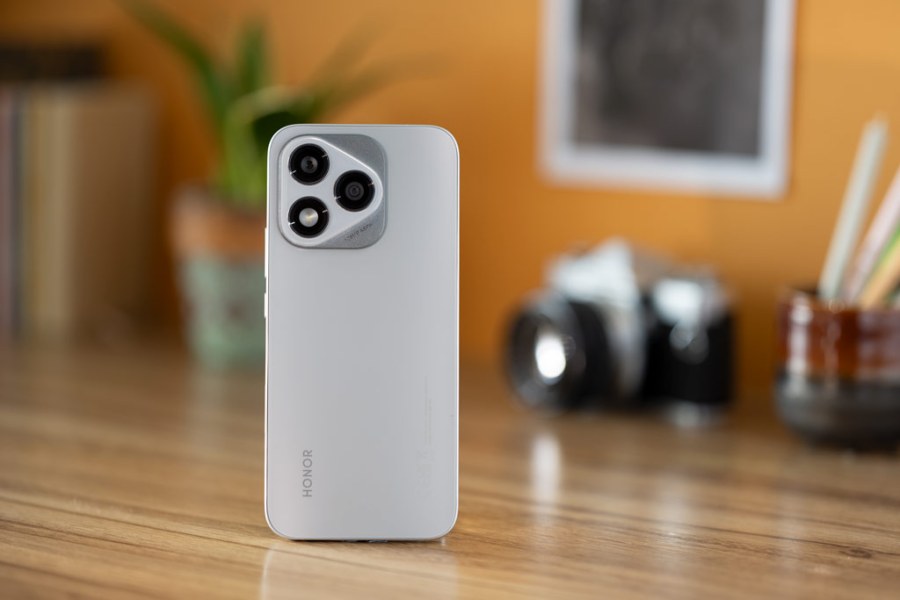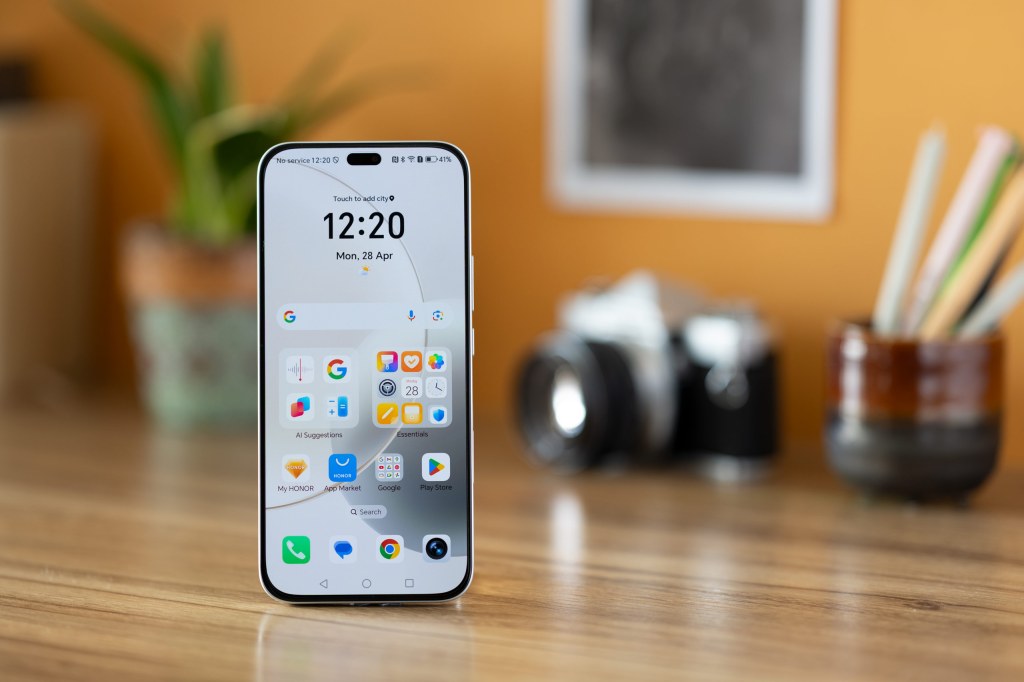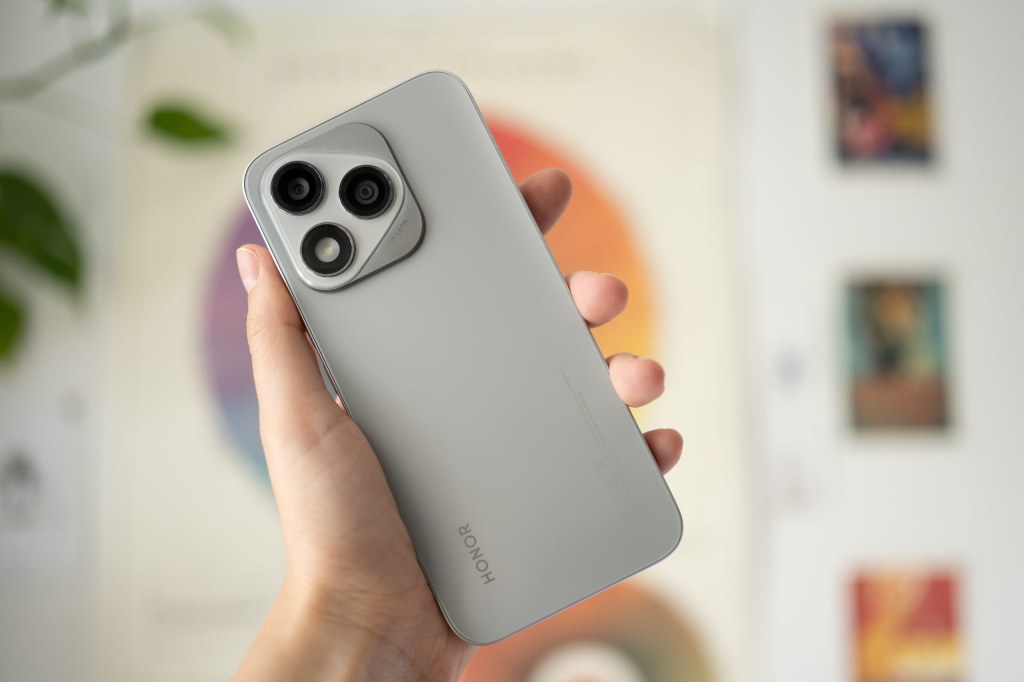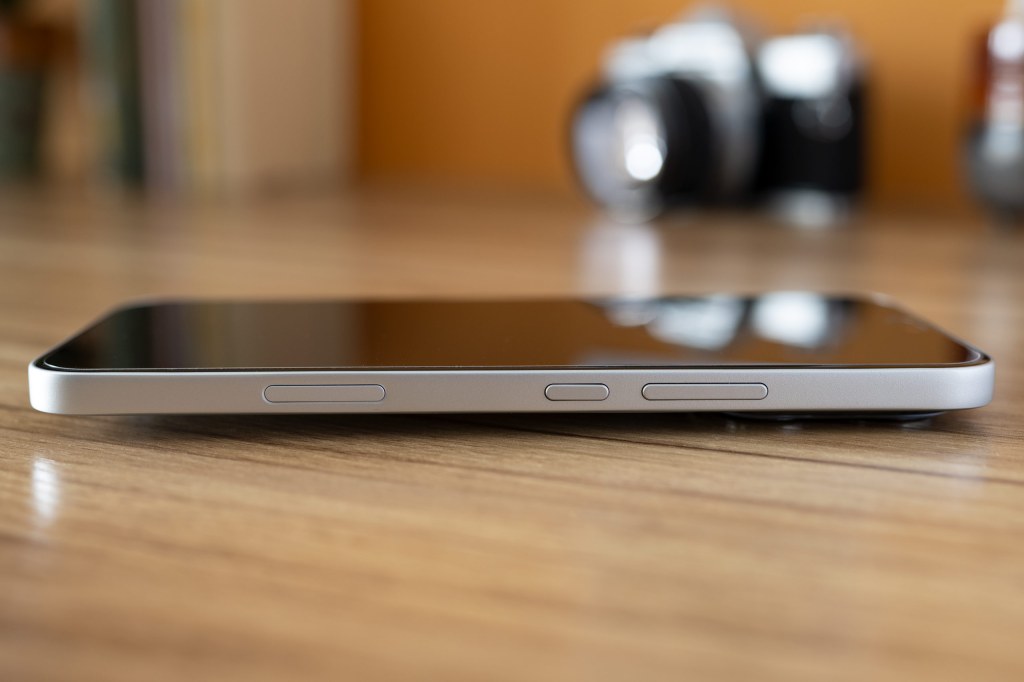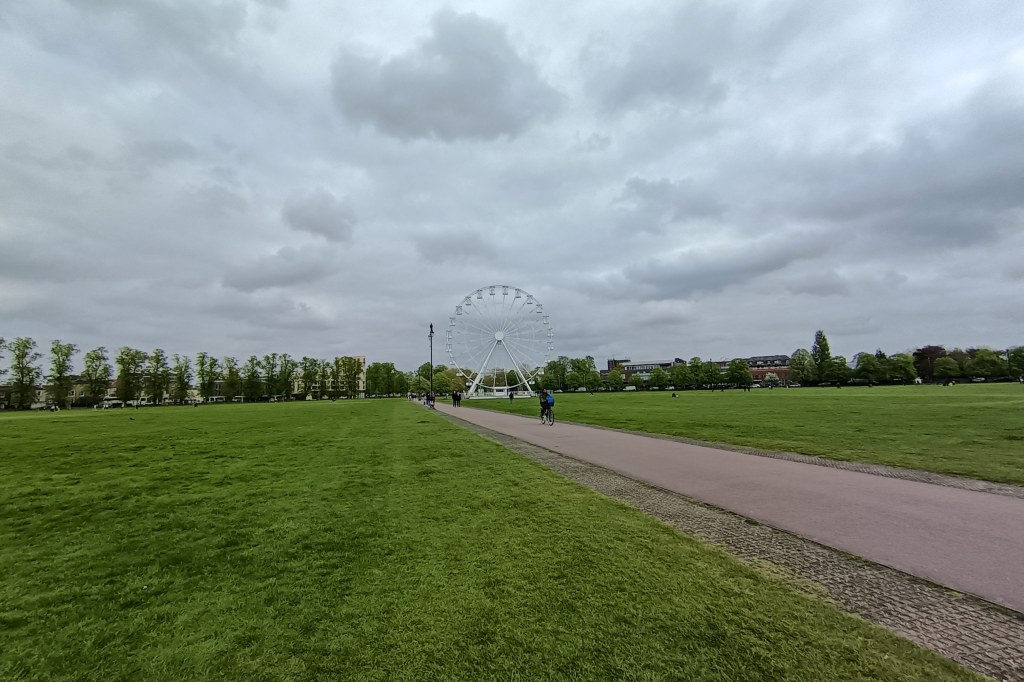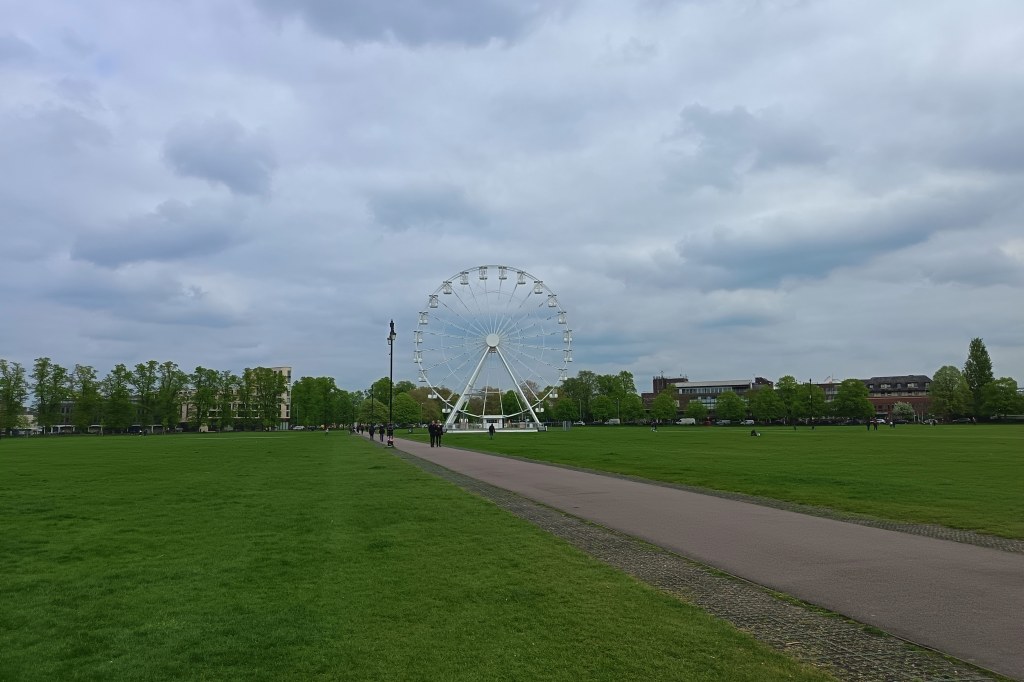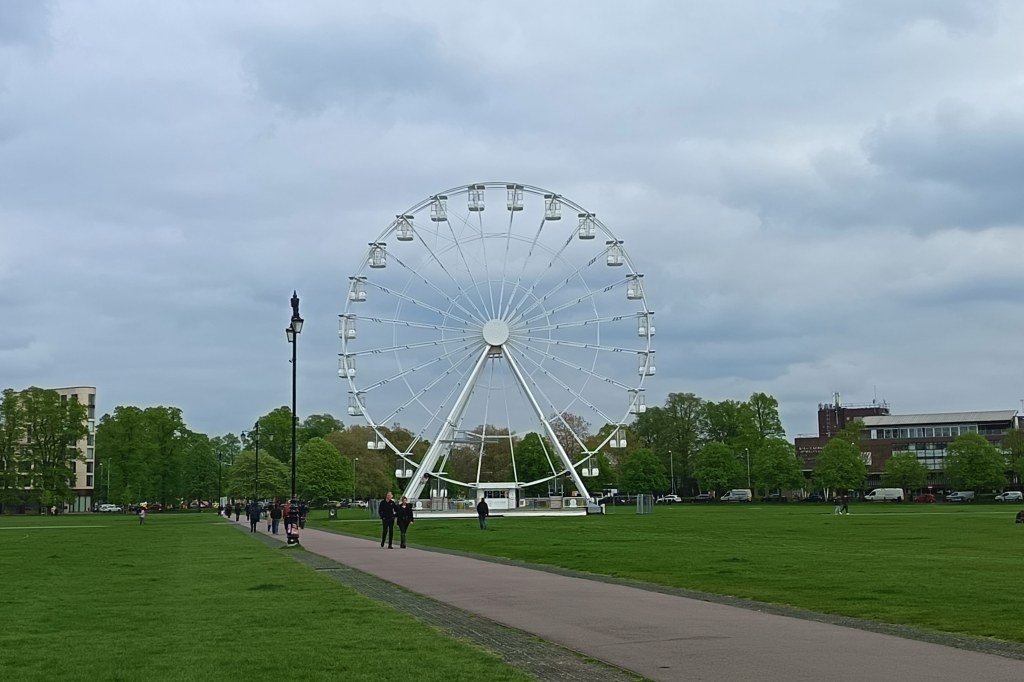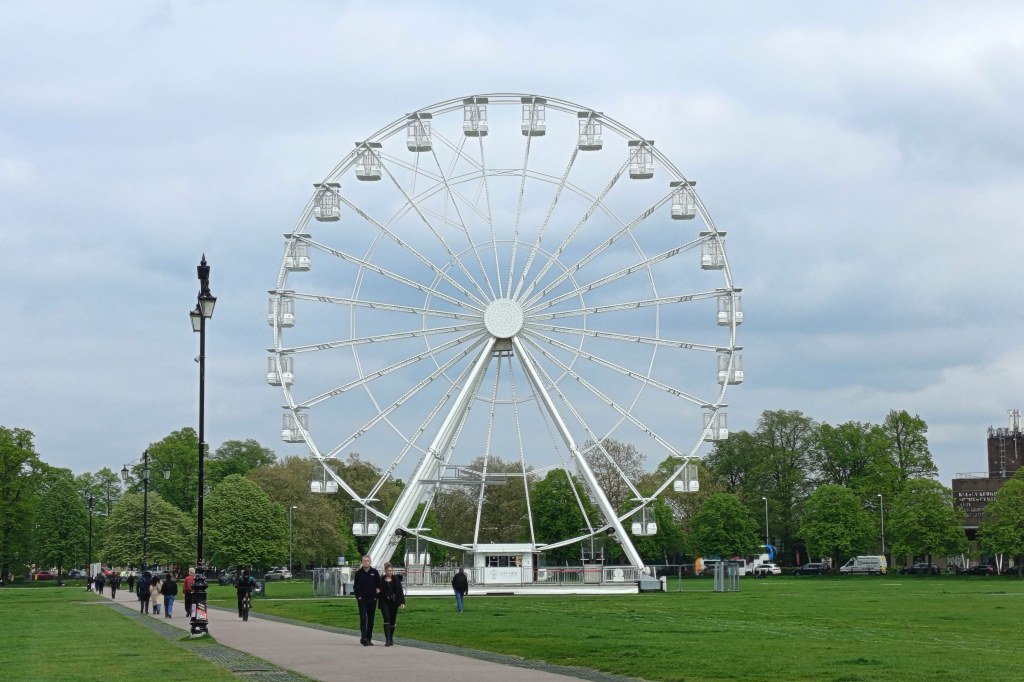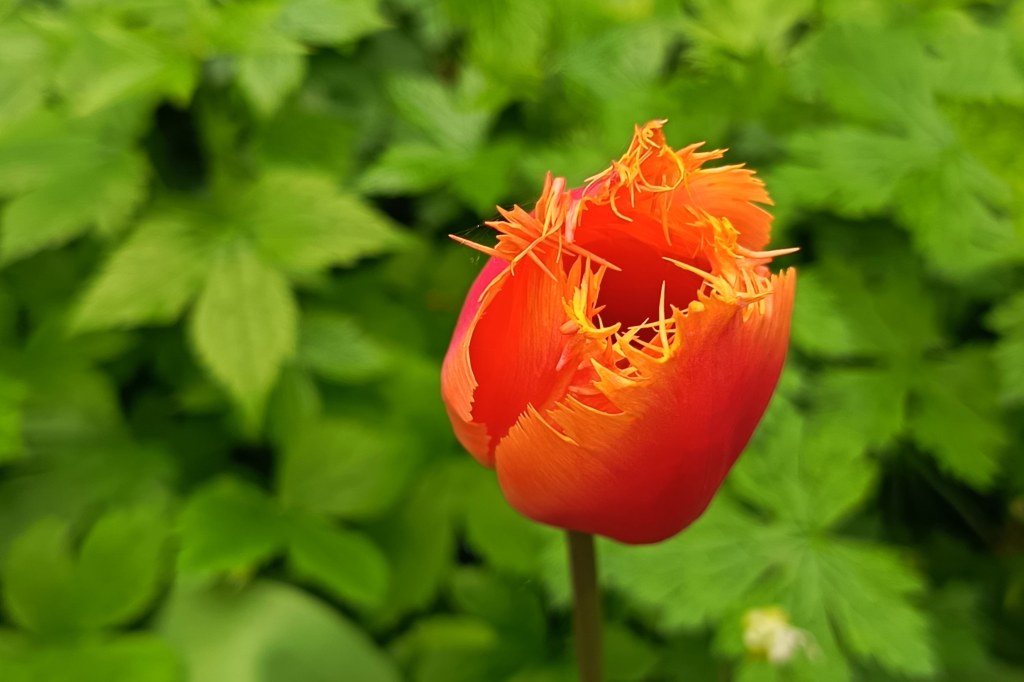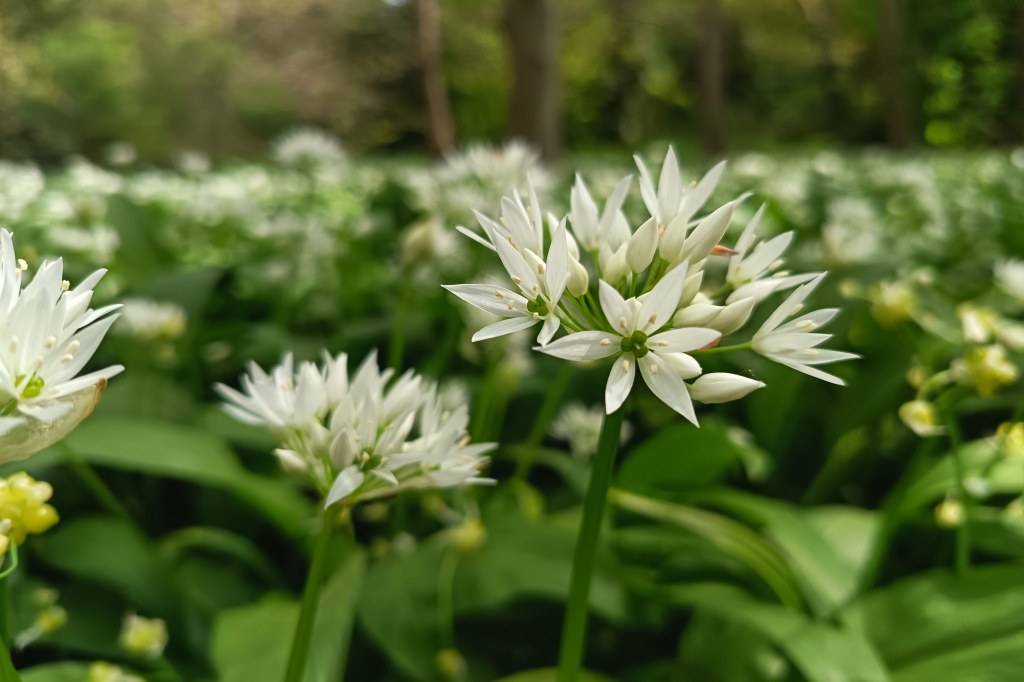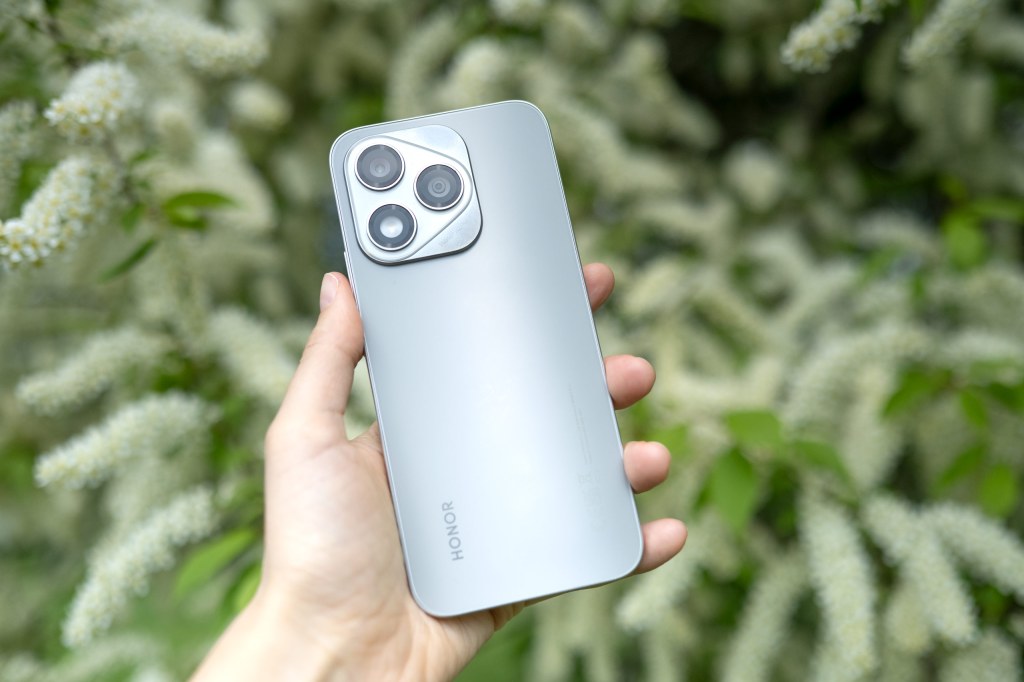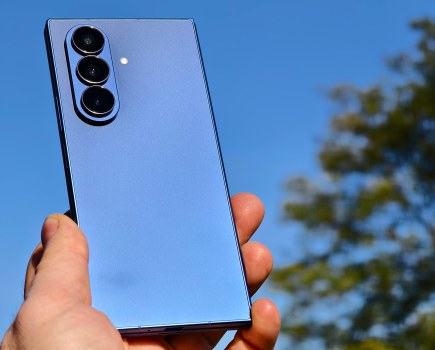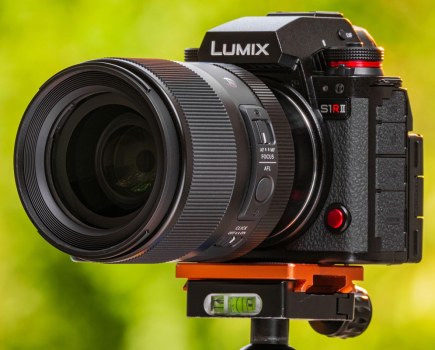Amateur Photographer verdict
If you can’t afford the latest iPhone but still want the looks and handling of one, Honor’s got you covered. It shoots nice pictures in good, even lighting, but can struggle with HDR- Great value
- Bright screen
- Stylish body
- Dedicated camera button
- Weak HDR performance
- No 4K video
- No telephoto camera
The best budget smartphones are outcompeting each other with a swathe of new AI features and increasing pixel count. A 108MP phone is not ground-breaking in this category, but a dedicated AI camera button in a £249 body is definitely promising.
Honor has produced some great budget-friendly smartphones since its separation from the Huawei brand in 2020. They equipped the new 400 Lite with a shutter button reminiscent of iPhone’s alongside an impressively bright screen and improved battery performance. Made with photography enthusiasts in mind, I was curious to test just how well it performs.
Honor 400 Lite at a glance:
- 108MP f/1.75 main camera with 3x lossless zoom, up to 10x digital zoom
- 5MP f/2.2 ultrawide-angle & depth camera
- Selfie camera: 16MP f/2.45 and selfie light
- 6.7 in AMOLED 120 Hz screen, (97% screen to body ratio) 3,500nits peak brightness
- 5230mAh battery, Honor 35W super charge
- Ram/storage: MediaTek Dimensity 7025-Ultra processor, 8GB RAM, 256GB storage, 5G connectivity
- OS system: Magic OS 9.0 (based on Android 15)
- IP64 certified
- Size: 161 x 74.6 x 7.3mm
- Weight: 171g
- Price: £249 (~$330 if it was available in the US)
How we test camera phones
We review smartphones from the perspective of choosing one for its photography and camera performance. We look at what the Honor 400 Lite offers, and the features included for photography and video, paying particular attention to the cameras on the phone, photo editing capabilities, as well as the output from each different lens. We consider other aspects too, such as the screen quality and battery life.
Honor 400 Lite: Features
Despite the look, the 400 Lite has only two cameras, and they are identical to its predecessor, the Honor 200 Lite. You have 108MP f/1.75 main lens that performs well in most scenarios and a 5MP f/2.2 ultra wide angle lens. The 2MP Macro camera unit has been completely omitted, and the selfie camera has been downgraded from 50MP to 16MP.
As there’s no telephoto, you will rely on what Honor calls a lossless optical zoom at up to 3x, or you use digital zoom beyond that up to 10x, however this is best avoided as image quality drops significantly.
Even though you won’t get a triple lens camera setup, there is much to like about the 400 Lite. The main 108MP camera takes over the role of the macro one, and it does the job quite well. The 6.7-inch screen received a 120Hz refresh rate and provides a seamless viewing experience not to mention that Honor almost tripled the brightness to an impressive 3,500nits.
The new improved 5230mAh Li-ion battery supports 35W charging, not lightning fast but we are talking about a budget phone. At its core, the 400 Lite runs on a MediaTek Dimensity 7025-Ultra processor with 8GB RAM and 256GB storage, which is not the fastest one out there but should run most apps without any issue.
Honor 400 Lite: Handling and design
There are three protrusions at the rear camera island, but make no mistake, the Honor 400 Lite has only two cameras at the back; the third “lens” at the bottom is in fact a cleverly arranged flash unit. Other features like the Magic Capsule display at the top of the screen, rounded corners, and completely flat, metal coloured edges could make you double-take the 400 Lite as Apple’s latest flagship.
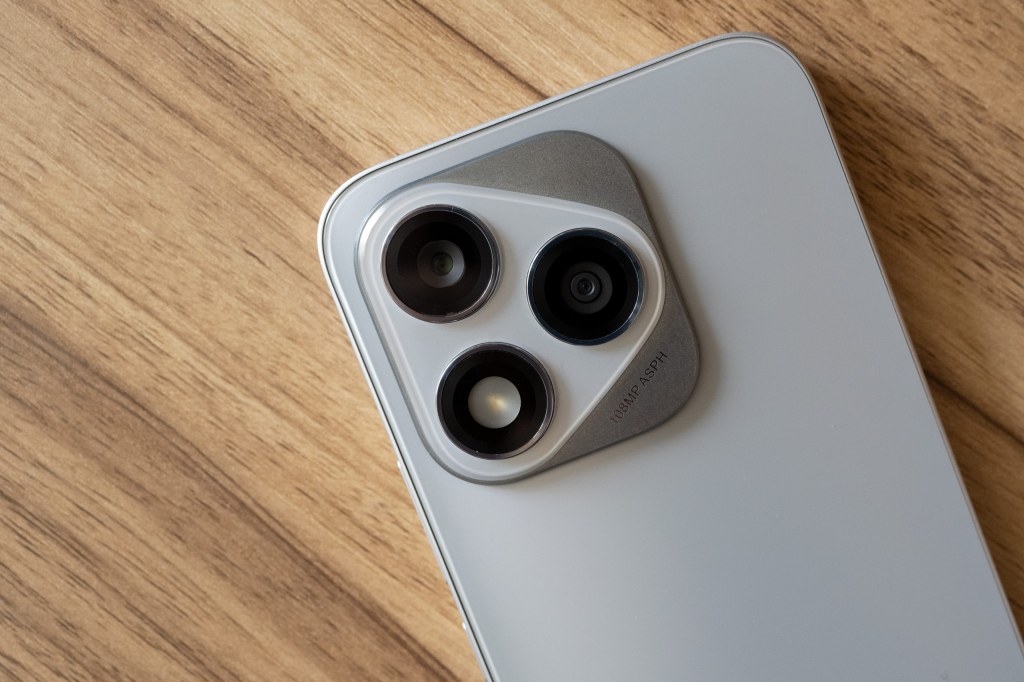
Positioned on the right, the AI camera button is almost completely level with the side and easy to operate. Only if it could be placed more towards the corner, as it doesn’t fall under your finger that comfortably.
The large 6.7-inch AMOLED display performs well in bright sunlight thanks to the 3,500 nits peak brightness, which is unusually high for a device in the budget smartphone range, and in terms of numbers, better than the Samsung Galaxy S25 Ultra and the iPhone 16 Pro. With an IP64 rating it is dust and splash proof and would withstand an occasional splash of water during normal everyday use and thanks to the Wet-hand Touch technology the screen is responsive even in the rain.
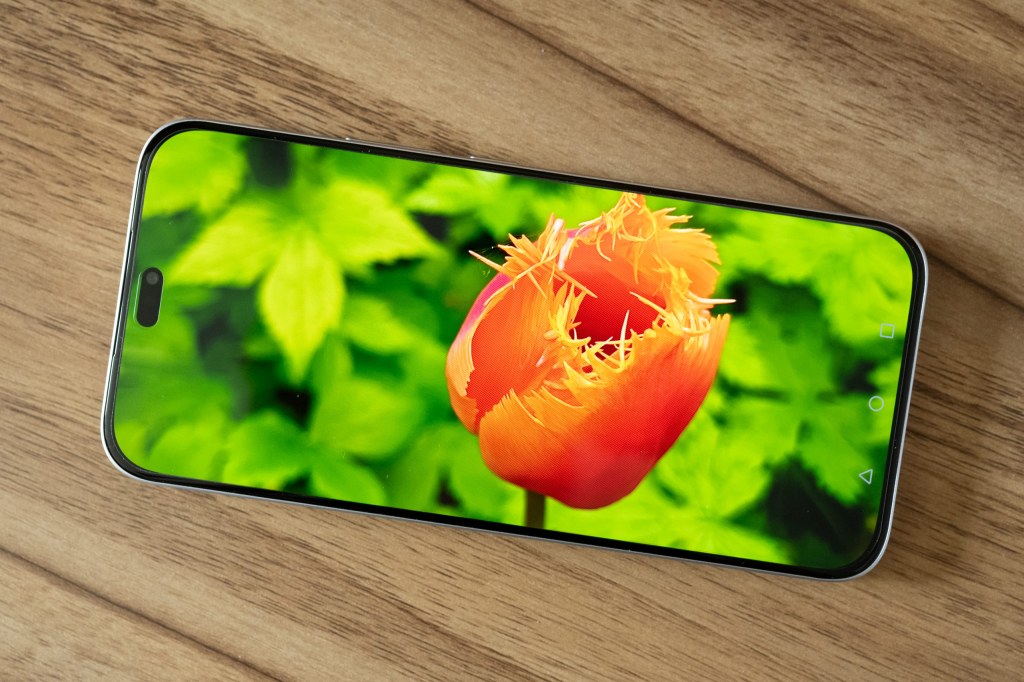
Even though I prefer smaller devices, I like the way the 400 Lite sits in my hand. It is slim and light, weighing only 171g. The handset I tested came in the velvet grey colour way which has a silvery sheen and gives the Honor 400 Lite an overall more expensive feel than what you would expect from a budget smartphone.
Honor 400 Lite: The AI Camera Button
Honor has outdone themselves here, the Camera button is responsive and easy to use and quite frankly, something I want to see on all future smartphones.
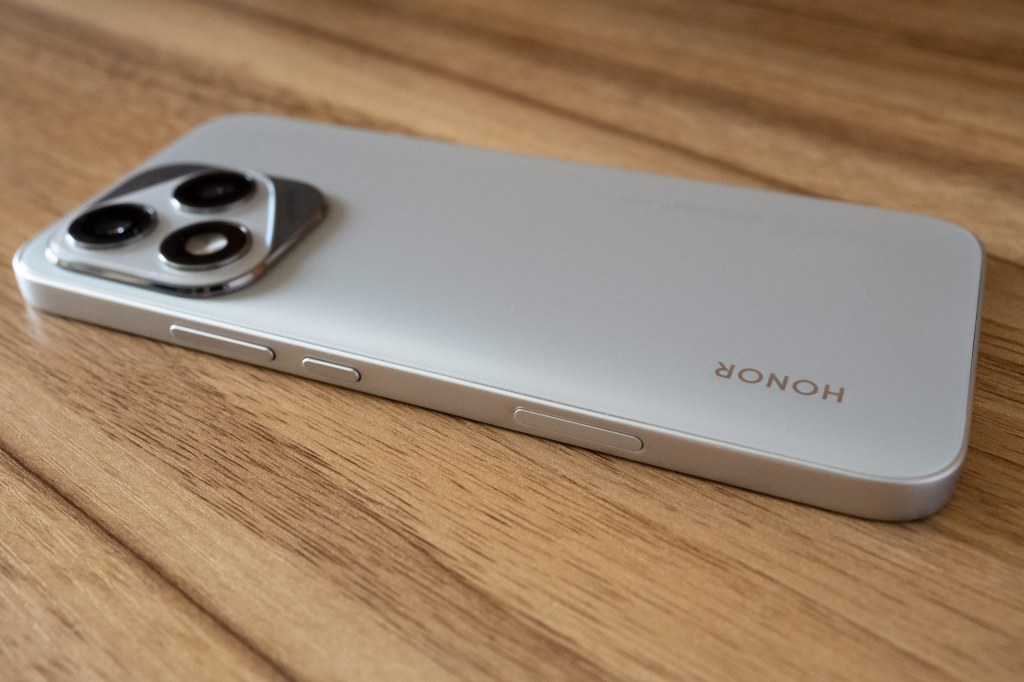
With a one-second press you launch the camera, then focus by gently tapping the button, a feature a flagship iPhone 16 Pro is missing. To capture your image just press the button again. You can also record video by holding down the button longer or alternatively set it to capture photos in burst mode. This is especially useful for capturing fast moving subjects as the main photo mode can be a little hit and miss for moving subjects.
A feature that I especially liked here is that you can drag your finger across the button to zoom during photo and video capture. You can even adjust touch sensitivity in the settings.
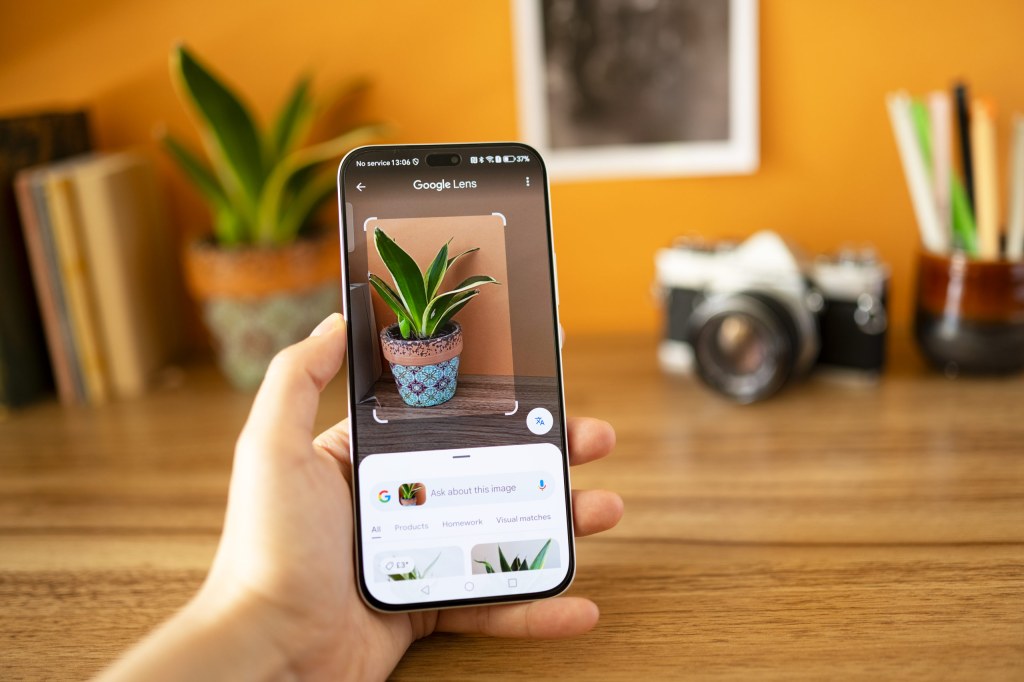
When not in camera mode, a long press opens Google Lens instead of the default camera app. It is brilliant to have quick image search and translation options at your fingertips.
Honor 400 Lite: The camera app
The default photo mode launches upon pressing the camera button. Here you can turn on Live Photo, the camera will record a short 3 second video and let you select the best frame as a still image. Highlights Capture is another useful feature that detects smiles, people jumping or running and pets and instantly takes an image.
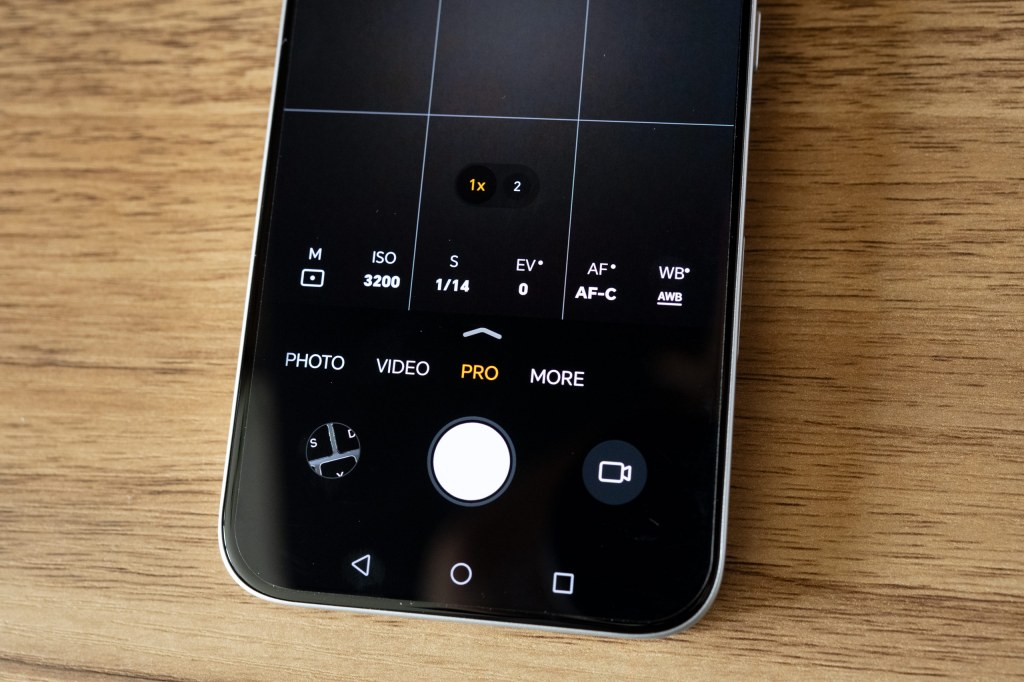
For more control over your settings you can head to Pro mode, but despite its name, it won’t be using the full potential of the 108MP camera, for that you need to select the High-Res mode which is conveniently hidden under the More tab. There is no raw capture and unfortunately this High-res mode doesn’t support zoom or allow any exposure adjustments. It would have been so nice to have everything under the same hood and blend Pro and High-Res modes and choose the amount of bokeh in the background.
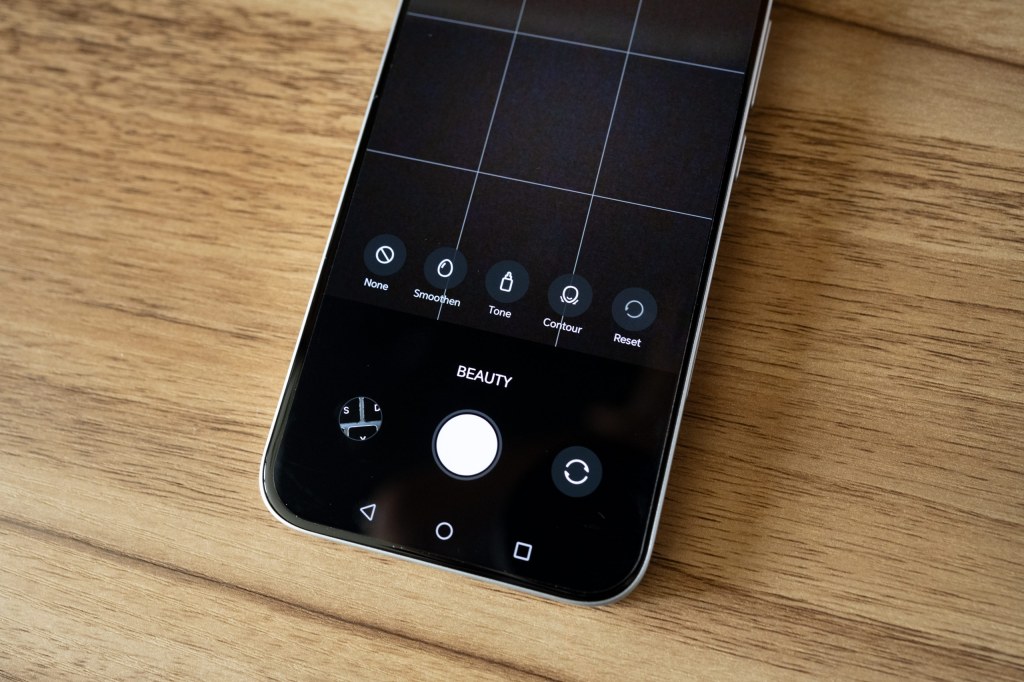
Portrait mode includes a 1x, 2x and 3x option and aperture adjustment alongside a Beauty tab which lets you contour and slim face or smooth out skin. The selfie camera has a unique built-in light and oddly enough, there are more adjustments available for beauty mode here than in portrait mode.
There is also a dedicated Night mode that uses the main camera only and a Video mode with HD recording at 30p.
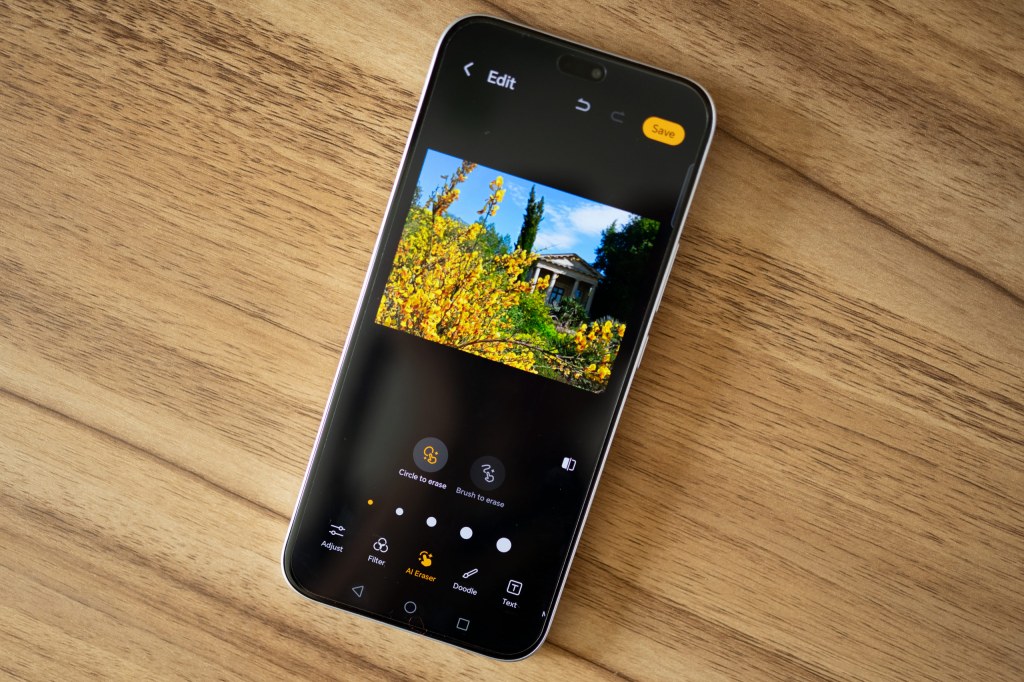
Honor 400 Lite: Image quality and performance
As you can expect, image quality is best from the main 108MP camera. In good lighting conditions it captures nicely detailed images and the lossless 3x zoom makes up for the missing telephoto camera. But when it comes to HDR capture it struggles to balance high contrast scenes. Highlights get blown out and the dark areas plunge into black.
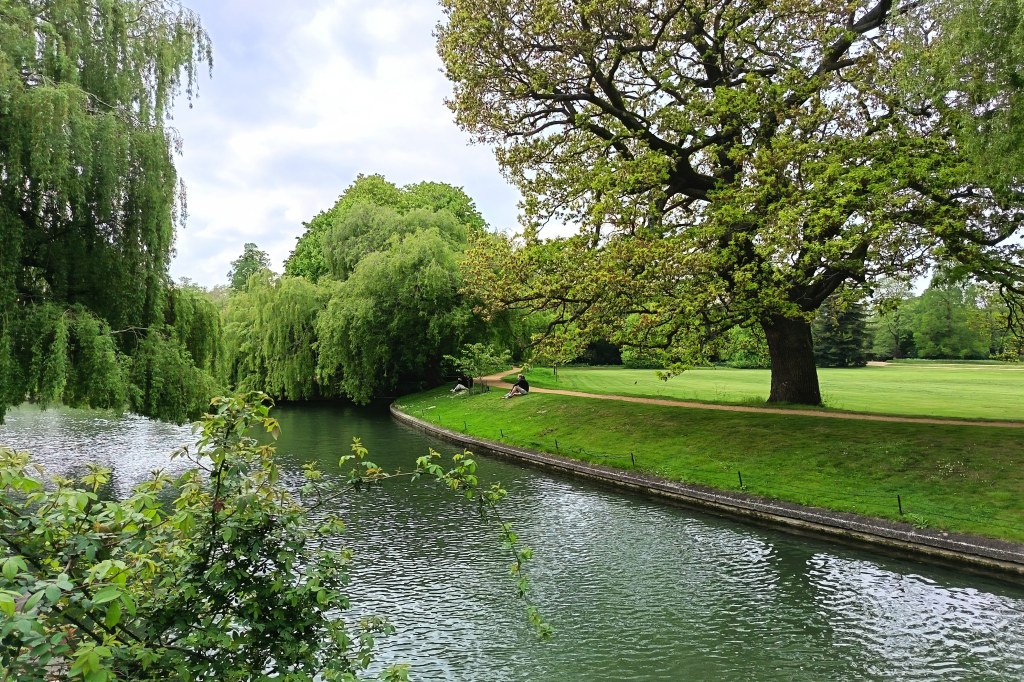
Colours are more saturated than what I would prefer, but the punchy look can be appealing for some.
Images from the 5MP ultrawide angle lens are mediocre and produce a different colour tone compared to the main camera. But all in all it is still good to have the option for a wide angle shot.
There is no dedicated macro camera but the main 108MP lens fares remarkably well. Using the 2x or 3x zoom you can get macro shots with a fair amount of sharpness and creamy bokeh in the background.
Portrait mode with its 1x 2x and 3x options is decent with the aperture slider around its middle settings creating the most natural separation between the subject and the background.
The 16MP selfie camera delivers nice quality and with the Highlights Capture activated you could even take photos just by smiling. The selfie light can seem like a useful addition, but that flash is pretty strong. I ended up with bright red eyes in all the photos I took at night. Red eye reduction could have been included in the default editor to balance this.
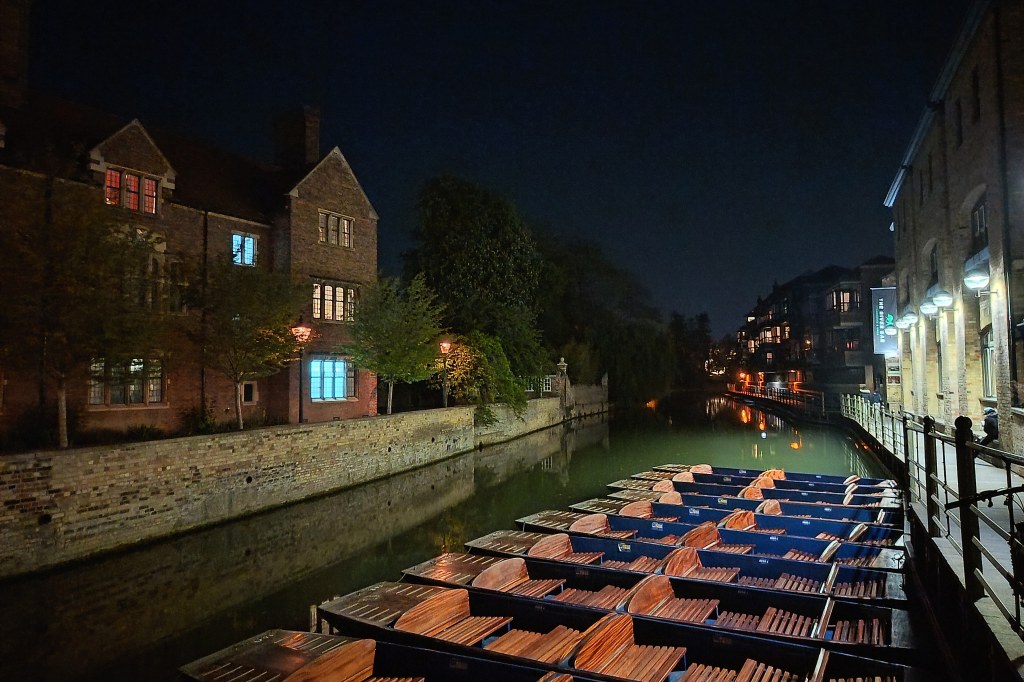
Night mode struggles the most, even though it uses the brighter and higher resolution main camera; here you can notice that image quality drops.
Overall you can get nice looking images out of the 400 Lite, especially when viewed on your phone screen, start zooming in and you’ll notice it’s lacking a bit in detail.
Honor 400 Lite: Value for money
The Honor 400 Lite is a decent budget option, especially with the iPhone-like features it offers, but it won’t be available in the US. The Poco X7 from Xiaomi is a good alternative, even though it uses a lower-resolution 50MP main camera it has OIS and a triple lens set up for $349 / £229.
The Tecno Camon 30 with four 50MP cameras also represents great value for $300 / £240, but again it can be difficult to find in some territories.
Honor 400 Lite: Verdict
Most can’t justify spending a fortune on an iPhone, but still want the looks and camera handling of one. And that’s where the 400 Lite comes in. You obviously don’t get multiple high-resolution sensors or the speed or image quality of a flagship iPhone. But the Honor’s main camera performs well in most scenarios, sufficient for a beginner taking casual photos. On the whole, the Honor 400 Lite looks good, has a bright screen and a snappy camera button and most importantly, doesn’t break the bank.

For more affordable options, have a look at our guide to the best budget smartphones.
Related content:

